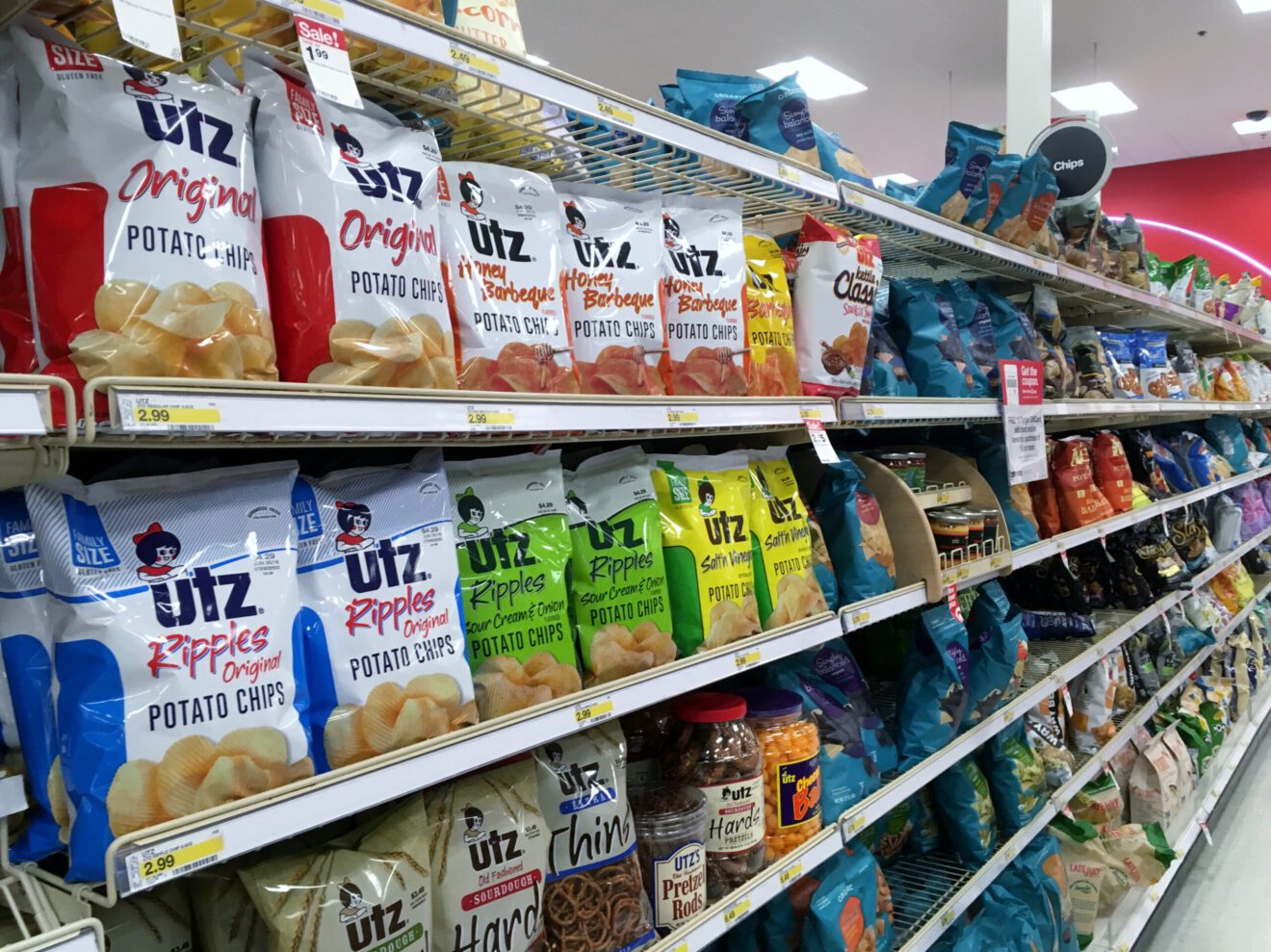Consumers have a wider variety of options than ever, from new shopping formats to fresh innovations debuting all the time. Big brands can stay competitive in this environment by employing a combination of strategies that keep consumers interested in their products. Check out the following four tips shared by CPG executives at the recent GMA Leadership Forum to find out the approaches that have worked for them.
1. Stay true to your brand, but in a contemporary way
Innovating your brands doesn’t always mean you have to launch a complete overhaul – in fact, small tweaks can produce large rewards.
“You hear about the death of cereal and carbs, and that people don’t like sugar – but Lucky Charms grew 20% last year,” said Jeffrey Harmening, CEO of General Mills. “It did that because brands, like people, can lose their way — you have to get back to what the brand is about. Lucky Charms’ number one ingredient is whole grain and it’s also gluten free — but people come to Lucky Charms for the marshmallows.”
Last year, General Mills investigated how it could embrace what makes Lucky Charms unique while delivering a contemporary twist, so the company added unicorn-shaped marshmallows to the cereal, prompting swift sales gains. “The key to keeping brands great is making sure you have a consistent vision on what that brand is about and that you’re refreshing it for today’s consumers,” Harmening said.
2. Adapt to today’s marketplace
Legacy brands should consistently reevaluate whether they’re continuing to connect with consumers or if a shift is required.
“Millennials, the next-generation consumers, are actually more brand loyal than their parents,” said Jim Dinkins, president of Coca-Cola North America. The challenge, however, is that Americans’ attention spans are shorter as more channels are available to them, and brands have to work harder to capture their time.
“Diet Coke has been one of the largest brands in non-alcoholic beverages for a long time,” Dinkins said. But over the last few years, the company took a close look at the brand and evaluated how to reinvent it for today’s consumers. The firm changed the positioning, the packaging, added new flavors and personalized the marketing program. “Using those tools and adapting in the marketplace was worth the investment,” he said.
3. Work with retailers to bring innovations to existing categories
When B&G Foods acquired Green Giant, the frozen food brand was “floundering,” said B&G CEO Robert Cantwell. The initial strategy was to drive the brand via advertising and marketing, but when B&G shared that goal with retailers, they replied, “That’s good, but what are you going to do to sell something different?”
B&G executives thought about how they could spark innovation for the brand, and determined they could do so without inventing new vegetable products. Instead, the company created new cuts and formats that consumers want to eat today, Cantwell said. The fresh innovations, which centered around a base of riced cauliflower, elevated vegetables from a side dish to an ingredient that can be used as the main part of a meal experience.
“We came with the innovation and retailers said, ‘Bring it on,’” Cantwell said. The shift not only generated higher growth for B&G Foods, but for the entire frozen vegetable category, he said. “Now we go to retailers and they’re saying ‘What’s next? We want it.’ So creating products for today’s consumer may just be a different variation of what you’re selling, but in a format that makes sense,” he said.
4. Maximize digital capabilities
As a company that produces both branded products and private-label items, Georgia-Pacific often creates innovations that consumers may not be able to equate directly with the company. “We are the largest tissue manufacturer in the United States but we aren’t the number one brand,” said Kathleen Walters, group president for consumer products with Georgia-Pacific. “Our biggest focus is on innovation…We’ve been working on becoming much more of an experimental corporation during the last 10 years.”
The company has been adapting digital capabilities for the last few years so it can talk directly to consumers. “That’s how we think we’ll stay relevant. It won’t quite be the same as food…but it is equally important to be innovative in these types of household products that are commodity-like, and brands matter there,” she said.
______________________________________________________________________________________________________________________
If you enjoyed this article, sign up for GMA SmartBrief to get news like this in your inbox, or check out all of SmartBrief’s food and travel newsletters as we offer more than 30 newsletters covering the food and travel industries from restaurants, food retail and food manufacturing to business travel, the airline and hotel industries and gaming.
